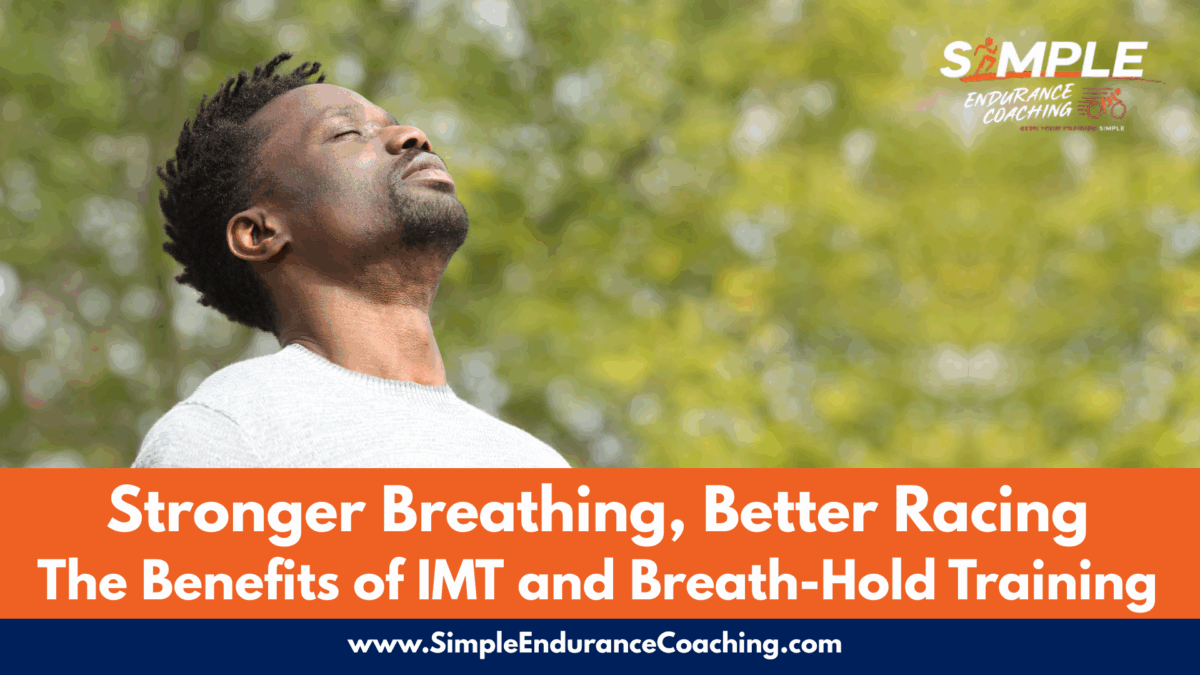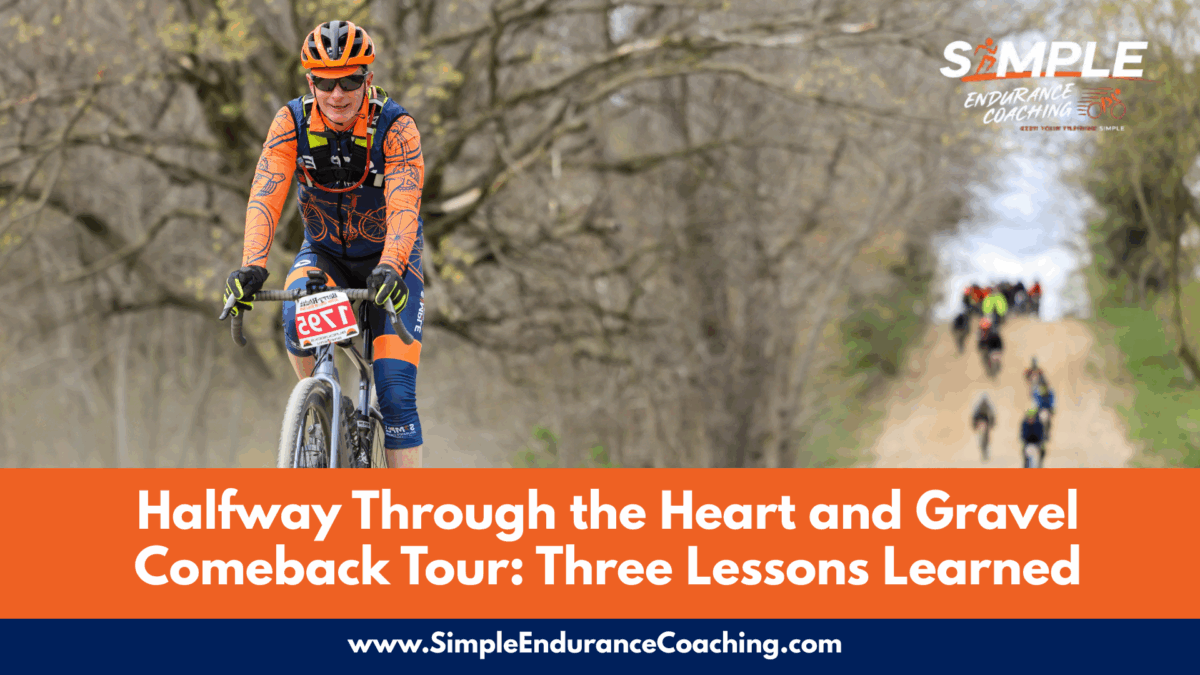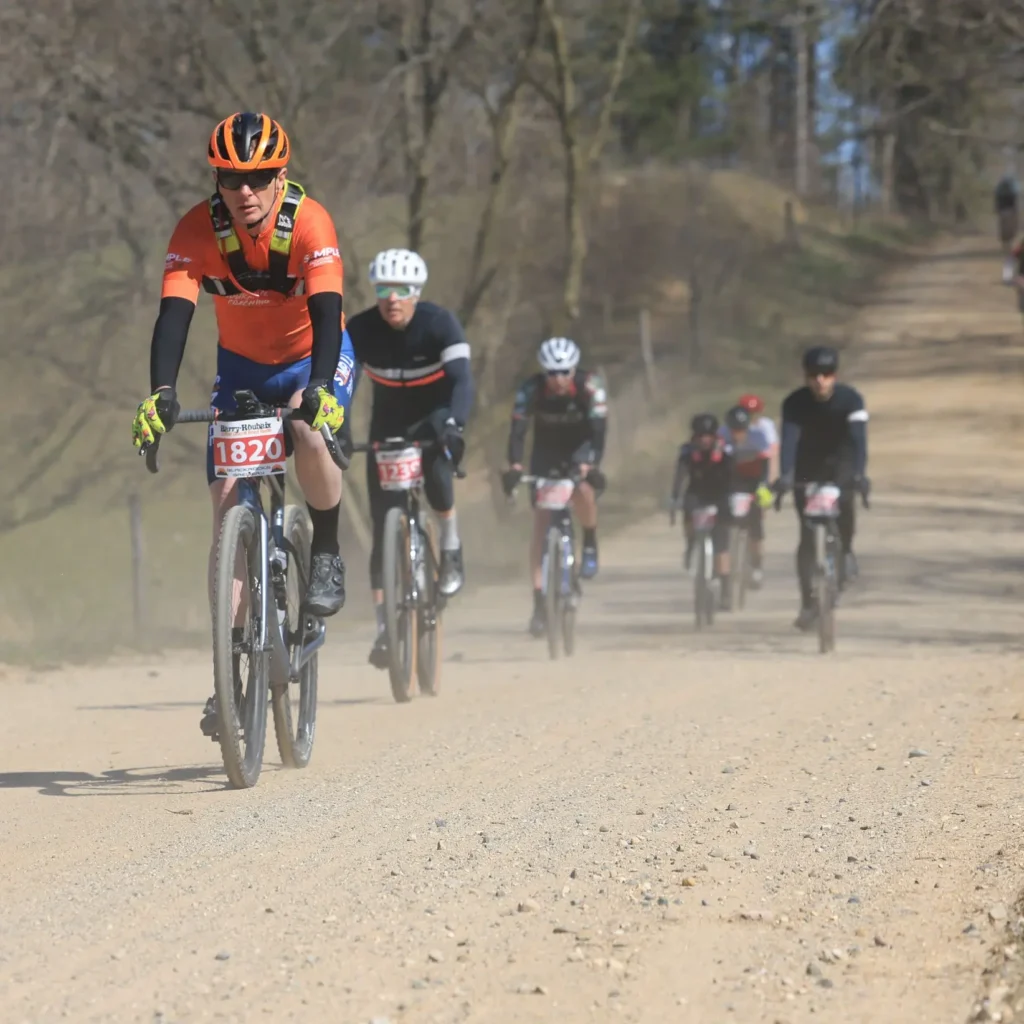Polarized or Pyramidal or a Blend? Your Unique Training Model is Key to Endurance Success
By now, you’ve likely heard the debate about the best model for training between advocates of polarized training model and pyramidal training model.
Essentially, the polarized group says that endurance athletes like runners or cyclists should do most of their training at a long, slow pace and just a small amount of training at a high intensity. Hence the polarized name: either long/easy or short/hard and little in the middle.
On the other hand, the pyramidal advocates believe that training in the lower and upper zones are good, but runners and cyclists should also train in the middle.
The bottom line is what works in terms of your body’s adaptation, both in your muscles and your energy systems.
And, like many debates, the final verdict, if there is one, falls somewhere in the middle.
The best model for training depends entirely on you, your fitness, your event’s demands, and will likely be a combination of several models.

Three zones help determine best training model
To understand the issue finding the best model for training schedules, think of three training “zones.” The first, zone 1, goes from rest to that point where you start breathing hard. That’s the first threshold.
The second change point, between zone 2 and 3, is the second threshold, or that point where you start breathing really hard and can no longer talk.
The thresholds themselves have a ton of debate, plus a ton of names.
They only matter because there are changes that happen in your fitness when you exercise at different intensities. These adaptations, very generally and very simplified, happen in your muscles and the energy systems that fuel your muscles and exercise intensity.
So getting the intensity right is really important.
The best models of training agree on lots of low-intensity training
Both models agree on the need for low-intensity volume
The best training model requires long, slow workouts. There’s no shortcut or magic training you can do to be a successful endurance athlete without putting the time in.
For instance, if you’re really time-crunched, you may get fit doing nothing but intensity workouts, but you’re not going to make progress.
Volume is when the most adaptation – or building fitness – happens.
These are workouts where you can breathe in and out through your nose. These build endurance in your muscles and energy systems.
Zone 2 (Tempo/Sweet Spot) is also a good tool for training
Tempo/Sweet Spot workouts (zone 2) also provide stress to stimulate adaptations. But they also create more training stress.
So tempo and sweet spot can be useful training tools. If you have a mix of workouts, you can build metabolic (energy system) and muscular adaptations to make you a better runner or cyclist.
But if you do tempo all the time, or too much, you’ll likely get burned out, leading to over-training. Tempo work is not a complete substitute for long endurance work, but it can be helpful.
The bottom line is that there’s value in putting in the time at low intensity, yet time is also a premium for most non-elite, everyday runners and cyclists.
So there’s a trade-off.
Studies of elite athletes usually show their use of polarized training model
A sidestep:
Dr. Stephen Seiler, who has largely been responsible for the popularization of polarized training, studied elite endurance sport athletes (cross-country skiers, runners, cyclists).
He and his colleagues found that these athletes spend the majority of the training time (90 percent) simply putting in the time and only 10 percent doing huge effort intervals.
This results in greater systemic adaptation (aerobic capacity) as well as greater muscle efficiency.
This study argues that polarized training was more effective than other traditional models of training.
Yet the Stoggl study did not include what’s become known as pyramidal training. And Seiler primarily studied elite athletes who had 15 to 25 hours a week to train.
It’s clear that a big volume of training makes a big difference when it comes to adaptation. The more time you are doing your endurance work, the more adaptations can occur.
At least to a point.
Harder is not necessarily better in the best model for training models
Part of the debate about the best model for training, though, is semantic in what actually makes a workout “hard.”
The key variables of intervals are the intensity and volume of the intervals to build accumulated time in a zone.
Harder is not necessarily better.
In fact, Seiler’s approach does a great deal of the “hard” training right at the upper threshold between zone 2 and 3. That way you get a lot of training stimulus without the serious stress of doing VO2max intervals, for example.
So you’re still putting in the hard work, still getting the adaptations, but getting less stress from which to recover.
Planning your individualized training schedule depends on your goals
When I work with a coaching client, we create the best model for a training schedule based on many variables: time to train, event demands, racing schedule, and family/work commitments, including time at home, vacations, and travel.
The pre-race time of the year is essentially building what is missing in the athlete’s fitness. We are likely to do a block of VO2max intervals in the winter if the athlete’s VO2max ceiling is a bit low.
And as the target event gets closer, we shift training to mimic the event. Crits and cyclocross get a lot of short, jumpy intervals, and 5Ks get short, hard intervals, etc.
For example, last year I trained to do a four-day gravel stage race in late August in Pennsylvania. Each day will be about 70 miles with a lot of climbing.
So I did a lot of long rides and tempo intervals after a block of VO2max in February.
I did another block of VO2max over the next few weeks, then build out longer and longer tempo/ sweet spot intervals.
I also did some block training by gradually putting together four tempo days in a row to mimic the race efforts.
And I monitored the amount of training stress through HRV, which gives me some clues about how my body is responding to the training.
The best model for training might be all of the above
Many coaches and researchers advocate for a pyramidal approach in the pre-season preparation time.
Put in a lot of time building training stress, doing VO2max for example.
As you get closer to your target event(s), you become more polarized, doing either easy or really hard work, depending on your event.
So the best model for training for you is very individualized.
“Peaking” for an event doesn’t actually take long.
Research suggests that about five to eight really hard sessions are enough to stimulate the adaptations that bring your fitness to a peak.
That kind of adaptation and peaking happens quickly but also disappears quickly.
Many top athletes do a lot of volume, then quickly peak for an event, then drop down to volume, and peak again.
Here are three things to consider for the best training model for you:
- What are the demands of your target event? Use that to determine the best training model you should be doing.
- What are your weaknesses as a runner or cyclist? Do you need to build endurance, speed, or work on strength?
- How long do you have before your target event? You can get race fit very quickly, but you need a solid base of endurance to help make that peak the best it can be.
Want to know more about what you can achieve?
If you liked this article, please share it with others.
I support a limited number of cyclists and runners achieve their goals with more strength, endurance, and mobility.
Contact me or sign up for Virtual Coffee so we can discuss your goals, ask questions, and talk about making your endurance training more effective, fun, and Simple.
You can also opt-in to receive my weekly blog posts about what works in endurance sports.
Paul Warloski is a:
- USA Cycling Level 3 Coach
- RRCA Running Coach
- Training Peaks Level 2 Coach
- RYT-200 Yoga Instructor
- Certified Personal Trainer





